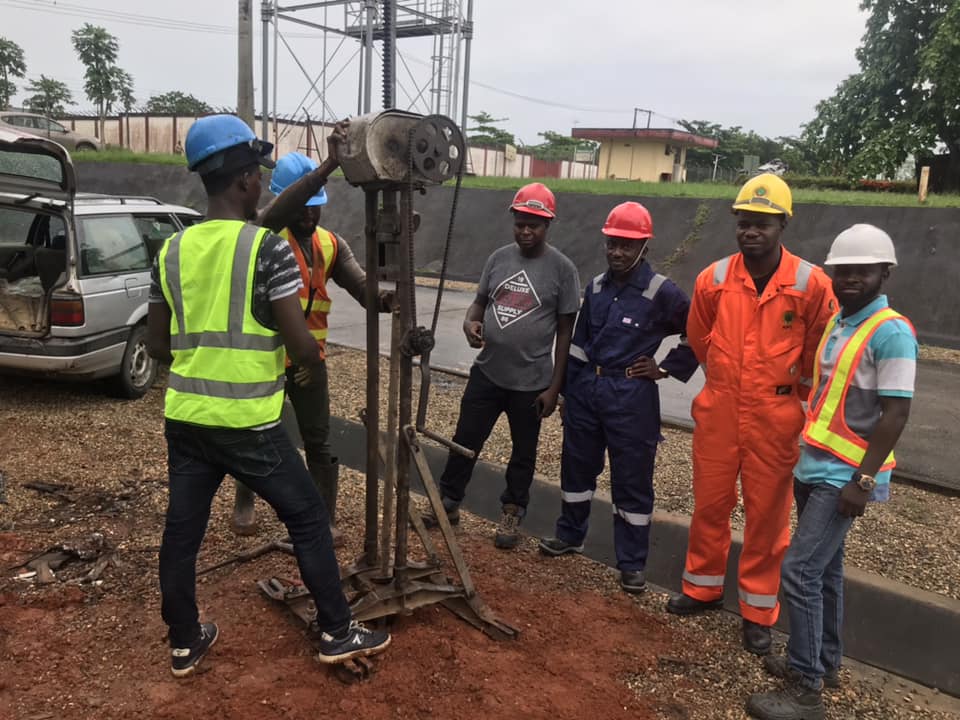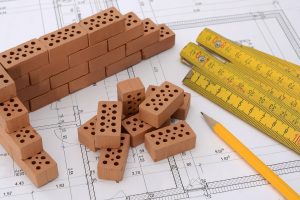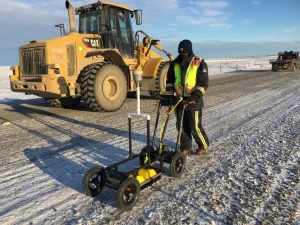In modern construction, ensuring that a foundation is both solid and secure is critical to the longevity and safety of any structure. One of the key components in achieving this goal is geophysical investigation, which involves the study of soil and rock beneath the surface. Geophysical investigation, through techniques like soil and rock analysis, helps engineers assess the subsurface conditions before construction begins, providing vital information for planning and design.
This investigation is essential not only for large infrastructure projects but also for residential buildings, roads, bridges, and other construction endeavors. It plays a fundamental role in ensuring that the chosen construction site is viable and safe. By examining the subsurface environment, geophysical methods can identify potential problems, such as unstable soil, groundwater issues, or hazardous rocks, all of which could lead to future structural failures if not addressed.
The Importance of Geophysical Investigation
Geophysical investigation is the first step in understanding the behavior of soil and rock, which directly influences the stability of the foundation. The investigation helps identify critical factors such as soil type, strength, density, and moisture content. It also determines the depth and properties of bedrock, which are important considerations when designing deep foundations for heavy structures. Without a detailed understanding of these factors, a building’s foundation may not be strong enough to bear the load of the structure, leading to potential safety hazards.
The role of soil and rock analysis in this process cannot be understated. The physical characteristics of soil and rock materials—whether sandy, clayey, or rocky—determine the behavior of foundations. For instance, soft soil might compress under the weight of a building, leading to settlement issues, while poorly compacted rock could cause cracks in foundations. With geophysical investigation, engineers gain a detailed understanding of these subsurface materials, allowing them to design foundations that accommodate the soil and rock conditions.
Methods of Geophysical Investigation
Several methods are employed in geophysical investigations to collect data about the subsurface materials. Each method serves a specific purpose depending on the construction project’s requirements. Some of the common geophysical techniques include:
- Seismic Refraction – This method measures the time it takes for seismic waves to travel through the soil and rock layers. By analyzing the travel times, engineers can determine the depth of various layers and identify any hard rock layers beneath the soil.
- Electrical Resistivity – This technique measures the resistance of the ground to electrical current. Different materials, like soil and rock, offer varying levels of resistance, and these variations can be used to map the subsurface structure. This method is especially useful for identifying groundwater conditions, which can have a significant impact on construction.
- Ground Penetrating Radar (GPR) – GPR uses radar waves to image the subsurface. It is particularly effective for locating objects such as pipes, cavities, or voids within the ground, which could affect the foundation of a building.
- Borehole Drilling – Though not strictly a geophysical method, drilling boreholes provides crucial data on soil and rock conditions. Samples are extracted from different depths, and laboratory testing is conducted to analyze soil properties, including grain size, moisture content, and plasticity.
- Magnetic and Gravity Surveys – These methods are used to detect variations in the Earth’s magnetic field and gravity. They help identify subsurface structures like faults or rock layers, which can influence the construction of foundations.
The Importance of Soil and Rock Testing
One of the main objectives of geophysical investigations is to conduct comprehensive soil and rock analysis. The analysis of soil properties, such as compaction, density, and bearing capacity, ensures that the foundation can withstand the structural load over time. Soil and rock analysis also provides insight into the groundwater table, which could impact the foundation’s integrity if it fluctuates or is not properly managed.
Rock analysis, on the other hand, is vital when building on hard rock or deep foundations. Analyzing the strength, fractures, and integrity of rocks provides information about the stability of the subsurface environment. Poorly assessed rock conditions could lead to unexpected challenges during construction, such as drilling difficulties or unforeseen instability.
By conducting a thorough soil and rock analysis, engineers are equipped with all the necessary data to design foundations that optimize structural safety and efficiency. It also enables them to foresee potential problems before they arise, saving both time and costs in the long run.
The Role of Geophysical Investigations in Site Selection
Geophysical investigations play a critical role in site selection for any construction project. Before any excavation or construction begins, it is important to confirm whether the soil and rock conditions are suitable for the proposed structure. This is especially true for large-scale projects like bridges, skyscrapers, or dams, where the wrong choice of location can lead to significant challenges.
Through geophysical investigation, engineers can assess whether the land is suitable for construction or if further steps are needed to stabilize the soil. For instance, if a site has soft or expansive soils, geophysical data may prompt engineers to recommend soil stabilization techniques, like soil compaction or the use of deep foundations. Alternatively, if the bedrock is too shallow or fractured, engineers might opt for a different site or redesign the foundation structure.
Geophysical Investigation in Modern Construction
With technological advancements, geophysical methods are becoming more sophisticated and efficient. Advanced software and tools allow for more precise mapping of subsurface conditions, leading to more accurate predictions of structural behavior. The combination of multiple geophysical methods also provides a comprehensive view of the subsurface environment, allowing engineers to make informed decisions when designing foundations.
Moreover, the ability to conduct non-invasive, real-time surveys means that geophysical investigations are now quicker and less disruptive, allowing construction projects to proceed on schedule without compromising quality or safety.
In conclusion, geophysical investigation is an indispensable part of modern construction. Through detailed soil and rock analysis, engineers are able to design foundations that are suited to the specific conditions of the site, reducing the risks associated with structural failures. Geophysical investigations not only ensure the safety of the structure but also help in the cost-effective design of foundations by preventing future issues.
If you’re embarking on a construction project, ensure that you partner with experts who understand the critical importance of geophysical investigations. A trusted name in the field of geotechnical engineering is AOA Geo-Net. With a team of experienced professionals, AOA Geo-Net specializes in comprehensive geophysical surveys and soil and rock analysis, providing invaluable data for your project’s success. Their expertise in the field ensures that your construction project is built on a solid foundation, both literally and figuratively.




